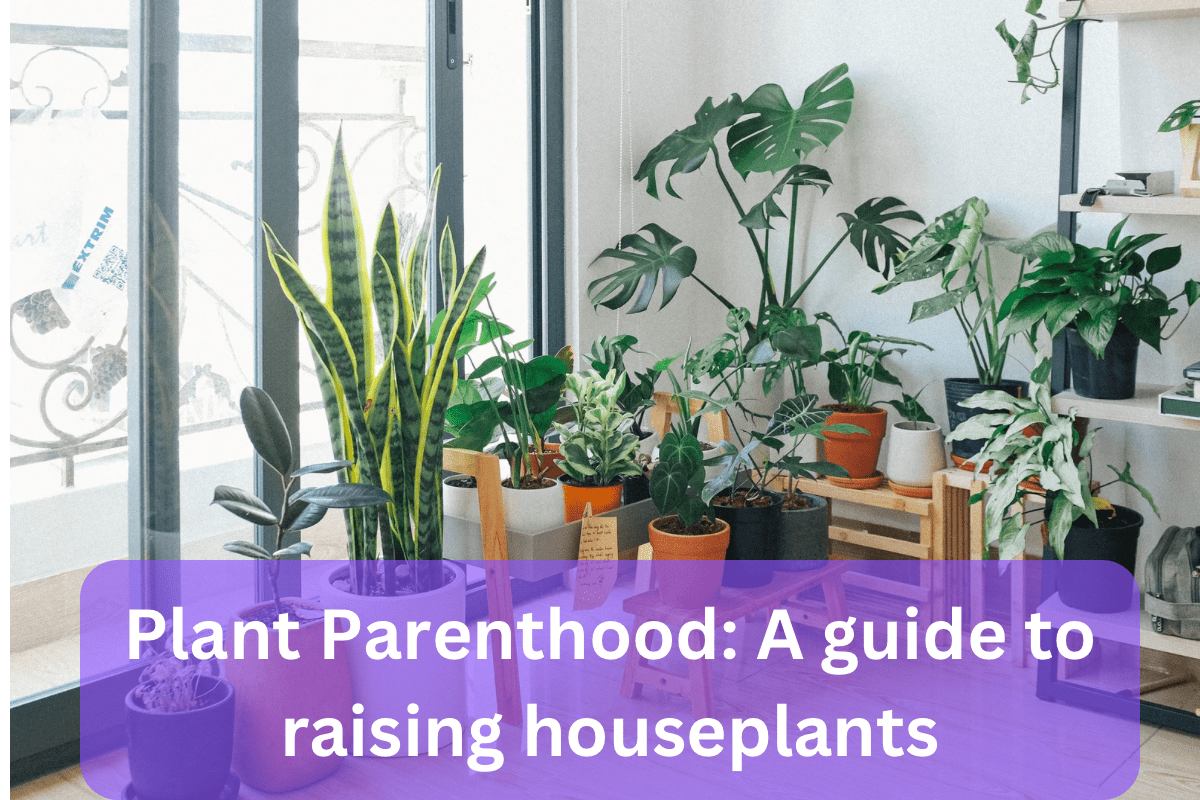Plant Parenthood: A Guide to Raising Houseplants
By~ Scholar Planet
Created At: 24 Sep, 2023

In recent years, the trend of "plant parenthood" has blossomed into a beloved hobby and lifestyle for many. Houseplants, with their diverse and vibrant personalities, have become cherished members of countless households. Whether you're a seasoned green thumb or a novice, this guide will provide valuable insights into the art of raising houseplants and nurturing a thriving indoor garden.
1. Choose the Right Plants
Factors like lighting conditions, humidity levels, and your personal commitment to care will influence your choices. Low-maintenance plants like snake plants, pothos, or spider plants are excellent for beginners, while more demanding species like fiddle leaf figs or orchids might be better suited to experienced plant parents.
2. Understand Light Requirements
Proper lighting is essential for plant health. Most houseplants fall into three categories based on their light requirements:
- Low-light plants: These thrive in areas with minimal direct sunlight, such as a north-facing window or a corner of a room.
- Medium-light plants: These can tolerate indirect sunlight or filtered light from a curtain.
- High-light plants: These require direct sunlight, typically near a south or west-facing window.
Matching your plants with the right light conditions is crucial for their growth and well-being.
3. Master Watering Techniques
Overwatering is one of the most common mistakes made by new plant parents. Each plant has unique watering needs, so it's essential to research and understand your plant's requirements. Factors like pot size, soil type, and humidity levels will affect your watering schedule.
4. Choose the Right Soil
Well-draining soil is essential for healthy root development. Most houseplants thrive in a mix of potting soil designed for their specific needs. Additionally, consider adding perlite or vermiculite to improve drainage and aeration.
5. Maintain Humidity
Indoor environments often lack the humidity that many houseplants require. To raise humidity levels, group your plants together, use a humidity tray filled with water and pebbles, or invest in a humidifier. Regularly misting your plants can also help increase local humidity.
6. Pruning and Maintenance
Prune your plants to encourage healthy growth and remove dead or yellowing leaves. Check for pests and act promptly if you notice any infestations. Repot your plants as they outgrow their containers to ensure they have adequate space for root development.
7. Fertilize Wisely
Houseplants benefit from occasional fertilization, especially during their growing season (typically spring and summer). Use a balanced, water-soluble fertilizer, but be cautious not to over-fertilize, as this can harm your plants. Follow the recommended dosage on the fertilizer packaging.
8. Learn from Your Plants
Plant parenthood is a journey of discovery and learning. Pay attention to how your plants respond to their environment, and be prepared to adapt your care routine accordingly. Each plant has its unique personality and may require subtle adjustments to thrive.
As you embark on this green adventure, remember that patience and a willingness to learn from your plants will be your greatest allies in becoming a successful plant parent.
